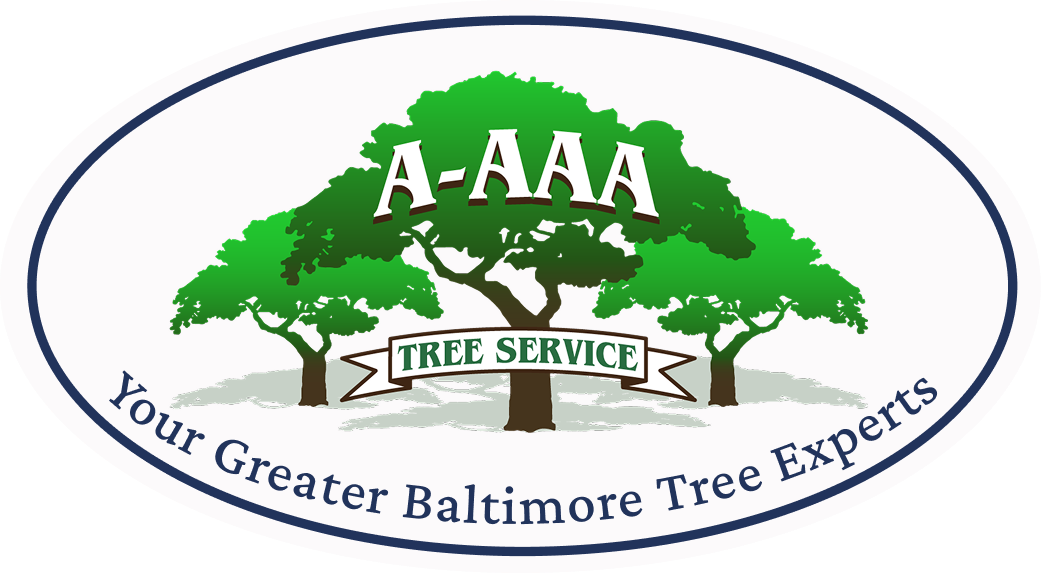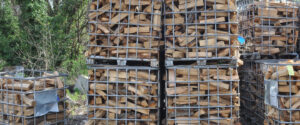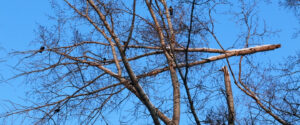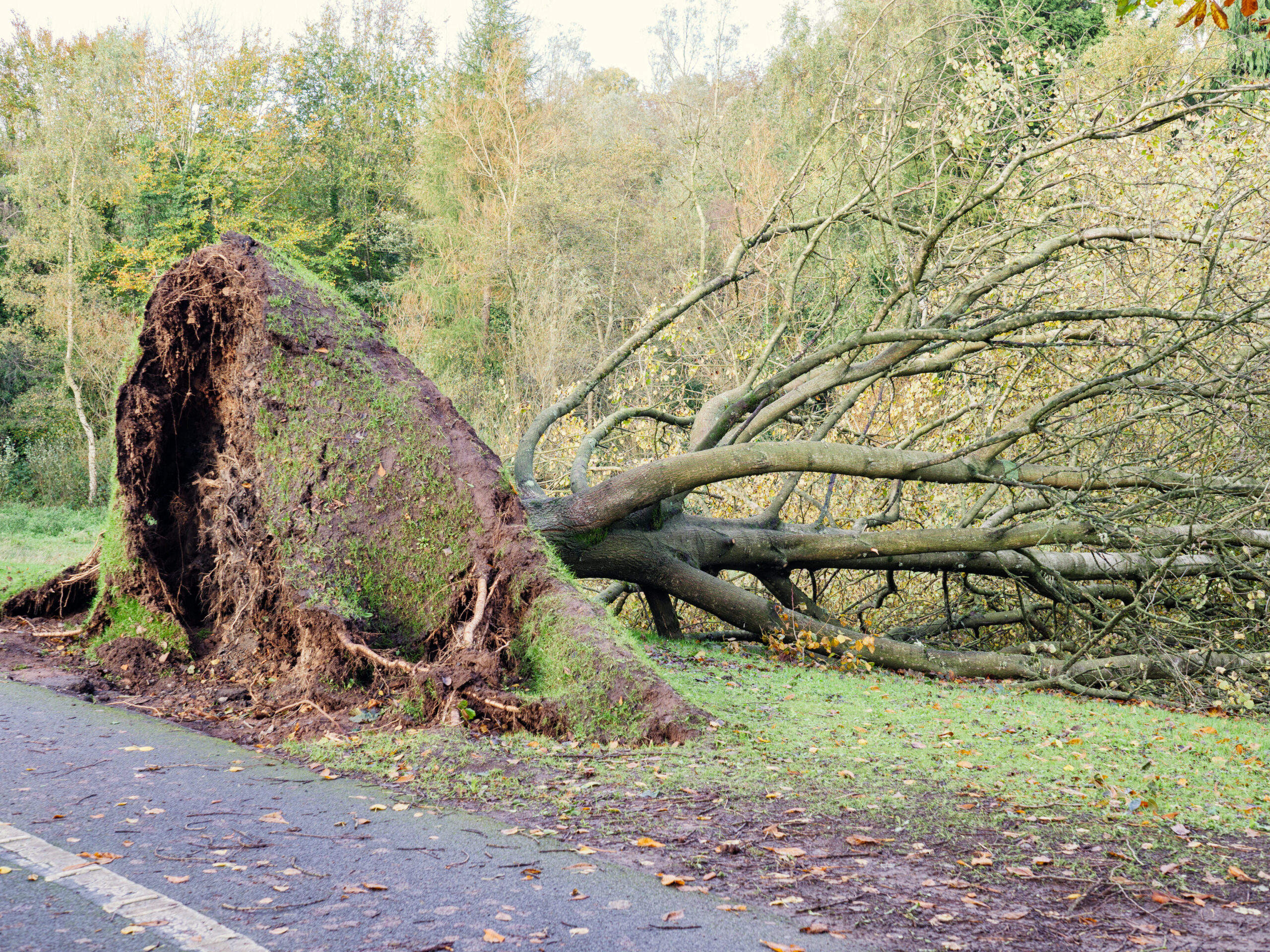If something about your tree looks off, like uneven growth, drooping limbs, or dead branches, it might be trying to tell you it needs attention. Knowing when a tree needs trimming isn’t always obvious. But in this guide, we’ll break down the warning signs and explain how timely trimming keeps your trees healthier, safer, and looking their best year-round.
Key Takeaways
- Dead or damaged branches should be removed by professionals immediately, as they pose serious risks to people and property.
- Overgrown limbs near structures require trimming to keep them at least 10 feet from your roof, house, or nearby utility lines.
- Competing branches that rub together remove the tree’s protective bark, creating vulnerabilities to insects and diseases that professional trimming can prevent.
- Dense canopies create unhealthy humid conditions, but selective branch removal improves air circulation and light penetration while preventing mold and mildew.
- Winter is the optimal trimming season in Baltimore because it reduces tree stress and protects against pests and diseases.
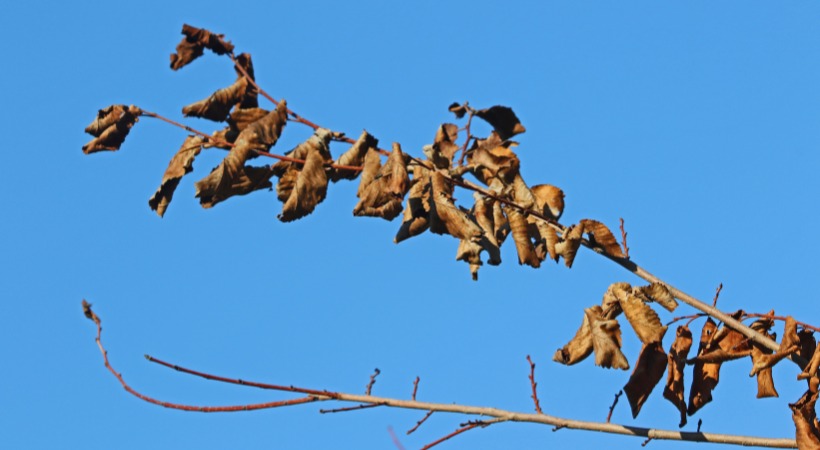
6 Signs Your Tree Needs Trimming in the Greater Baltimore Area
Trees don’t have a neon sign over them that tells you when they need trimming. However, they do show common signs that indicate they can benefit from a quick trim. Some of the signs to look for include:
1. Dead or Dying Branches in the Canopy
Dead branches in trees are always a cause for concern. They may die due to problems such as pests, nutrient deficiencies, diseases, and other issues. When there is a dead or dying branch on your tree, removing it is the only option.
Deadwood lacks the same structural integrity as live wood and is more prone to snapping off in extreme weather conditions. When dead limbs break, they can strike your home, shattering windows, damaging siding, or seriously injuring anyone nearby.
Falling dead branches can also damage the tree itself by tearing off healthy limbs, exposing inner bark, and creating wounds that invite pests or disease.
2. Overly Long Branches and Other Structural Weaknesses
When branches grow too long, trees can’t support their weight. This extra weight creates stress at the connection point, making breaks much more likely.
Trimming them doesn’t mean you have to remove them entirely. A trained specialist may be able to trim them back to reduce the weight and allow the rest of the branch to remain.
Trimming young trees will help prevent the development of long branches and other structural defects.
3. Broken or Damaged Branches in the Canopy
Storms often leave behind broken branches lodged high in the canopy. These limbs won’t heal and can pose a serious risk to your tree, property, and anyone nearby. Trimming them is the only safe solution.
Because broken branches are often unstable, it’s best to call a professional tree service. They have the training and equipment to safely remove hanging limbs without causing further damage.
4. Competing Branches Rubbing Against Each Other
Trees need plenty of healthy branches to absorb sunlight for photosynthesis – but sometimes, those branches grow too close together and compete for space.
When limbs rub against each other in the wind, they can strip away the protective outer bark. This “armor” shields the tree’s inner layers, and without it, the tree becomes more vulnerable to pests and disease.
In cases like this, it’s better to have one strong, well-placed branch than two that are damaging each other.

Trees (like the one pictured above) that grow too close to a home can damage your siding or break windows.
5. Branches Encroaching on Your House or Utility Lines
“In the forest, trees don’t have to worry about clearance or safety. But in a residential setting, branches growing too close to homes or power lines become a serious risk. We often see this after a few years without pruning – limbs start scraping rooftops or hovering over live wires, and that’s when things get dangerous fast.” – Dualvin Lopez, Estimator and Foreman at A-AAA Tree Service
The best way to prevent branches from encroaching on your home is through regular trimming, which helps control the size and shape of the tree. Aim to keep limbs at least 10 feet away from your roof or siding.
It’s also important to trim before branches get too close to utility lines. Working near power lines is dangerous and should only be done with proper planning and safety precautions.
While trimming can help manage growth, some trees simply outgrow their space. In those cases, removal may be the best long-term solution. Consider replanting a smaller, more suitable species so you can still enjoy the benefits of a tree without the ongoing risk of damage.
6. Dense or Overgrown Canopy
A full canopy is usually a good sign, but too much foliage can actually harm your tree. When the canopy becomes too dense, it creates a number of problems.
Thick branches and leaves trap heat and humidity, limiting airflow and sunlight. This creates the perfect environment for issues like mold and powdery mildew. While these conditions aren’t usually fatal, they can stress your tree and diminish its appearance.
Selective trimming improves air circulation, reduces moisture buildup, and helps your tree stay healthier overall.
WARNING: While removing some branches from the canopy is beneficial, removing too much at one time is one of the most common tree trimming mistakes. When in doubt, leave it to an expert who will avoid damaging your tree.
Frequently Asked Questions About Tree Trimming in the Greater Baltimore Area
We know tree trimming isn’t something that you are likely thinking about on a daily basis, but it is a vital service for your trees. To give you a better appreciation for the importance of trimming (and why it’s best left to the experts), we’ve answered some common questions Greater Baltimore Area Homeowners have about the service.
Is it better to hire a professional for tree trimming rather than doing it myself?
Yes, for most trimming jobs, it is better to hire a professional than attempt to do it yourself. Tree trimming is hazardous, and there have been local trimming accidents that have claimed lives.
Improper cuts or incorrect tools can permanently harm your trees, even when no injuries occur.
Is there a best time to trim a tree in the Greater Baltimore Area?
Yes, winter is typically the best season to do significant tree trimming, as the trees are dormant. Dormant trimming reduces the stress on your tree and protects it from pests and diseases.
However, with broken or dead branches, we recommend having a professional trim them as soon as you identify them, as they can break off at any time.
Do I need a permit to trim a tree in Baltimore?
Yes, if the tree is located in a public space such as a street, alley, or city right-of-way, you must obtain a written permit from the Department of Transportation, in consultation with the Department of Recreation and Parks, before trimming it. Unauthorized work on public trees can lead to fines or legal issues.
If the tree is entirely on private property, a permit usually isn’t required, but it’s always best to check with the city or consult a Certified Arborist before starting any major work.
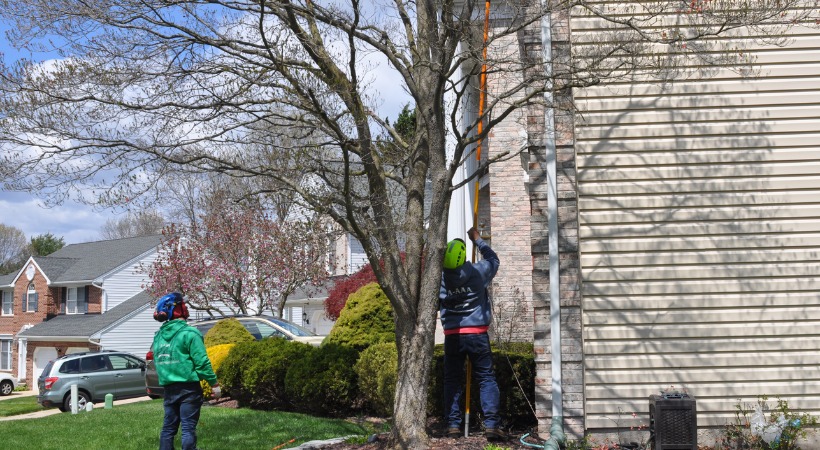
When Your Tree Looks Like It Needs Trimming, You Can Trust A-AAA Tree Service
If any of these signs seem familiar to you, it may be time to think about tree trimming for your Greater Baltimore Area tree. And when you want to ensure that a tree expert does it right, trust the experts at A-AAA Tree Service.
Our team includes multiple Licensed Tree Experts who know how to trim trees properly and where to make cuts to ensure your tree recovers from the wound. We’ll work with you to ensure your trees get perfect trimming, and we always clean any debris afterward to leave your yard spotless. Call us today at 410-321-0921 or request an estimate online.
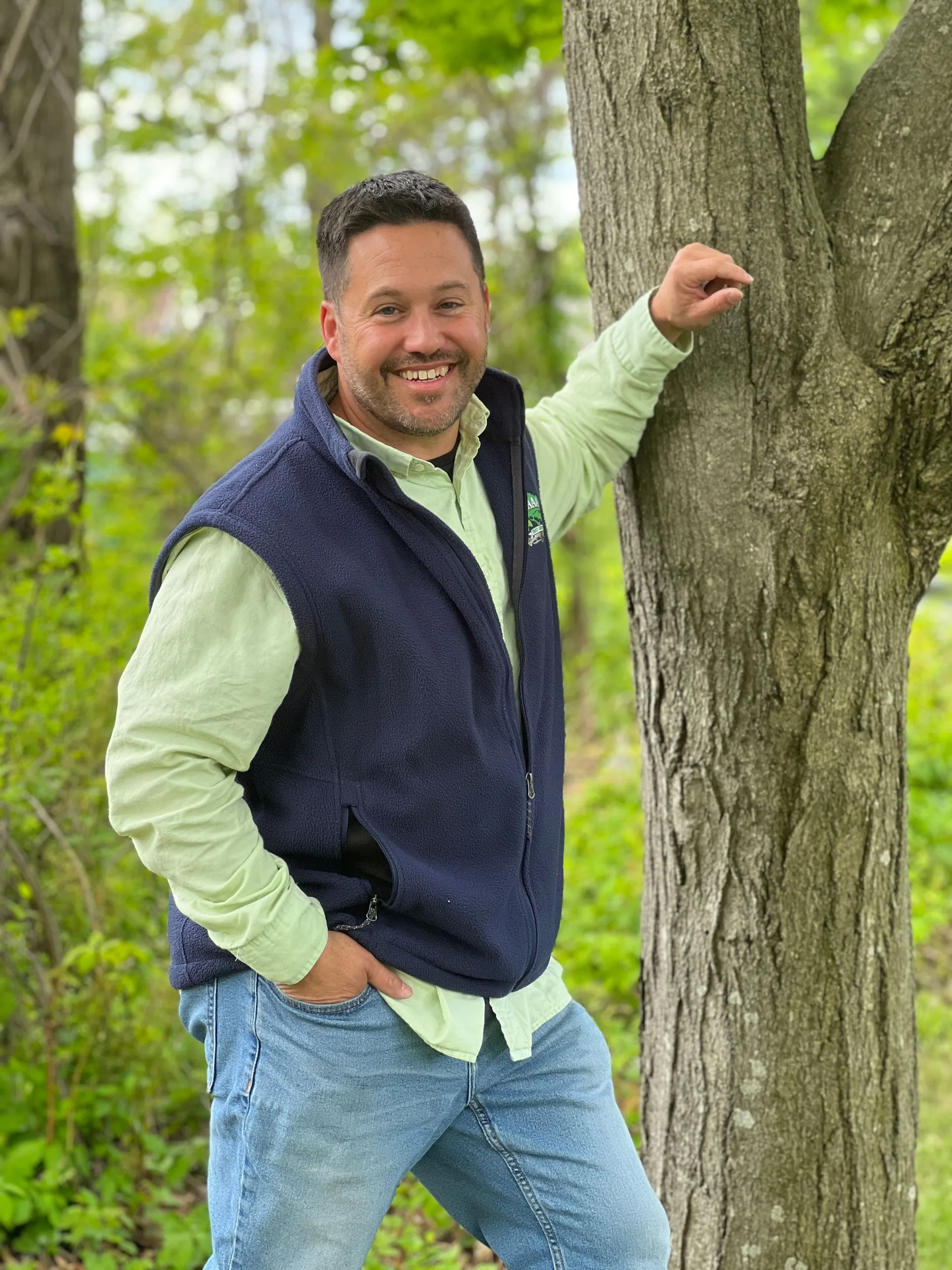
Andrew Senker got his first chance at management in 2003 when he started an IT consulting company that worked with some of the largest banks in the world. After 7 years with the firm, he transitioned to the wireless sector for 13 years, lending his expertise and ability to manage people and projects. In 2022, he purchased A-AAA Tree Service, determined to bring his knowledge to the tree service industry.
Related Articles
6 Reasons Why Buying Local Firewood Protects Trees and Communities
Learn why Baltimore County residents choose local firewood delivery to protect against invasive species and support the local economy.
Why Tight Space Tree Removal in Baltimore Requires Professional Expertise
Removing trees in Baltimore’s tight yards, next to buildings, or near utilities isn’t DIY work. See why professional expertise keeps your property protected.
Does Your Tree Need Trimming? 6 Signs Baltimore Homeowners Often Miss
Not sure if your tree needs trimming? These 6 warning signs help Baltimore homeowners catch problems early – before branches fall or costly damage is done.
